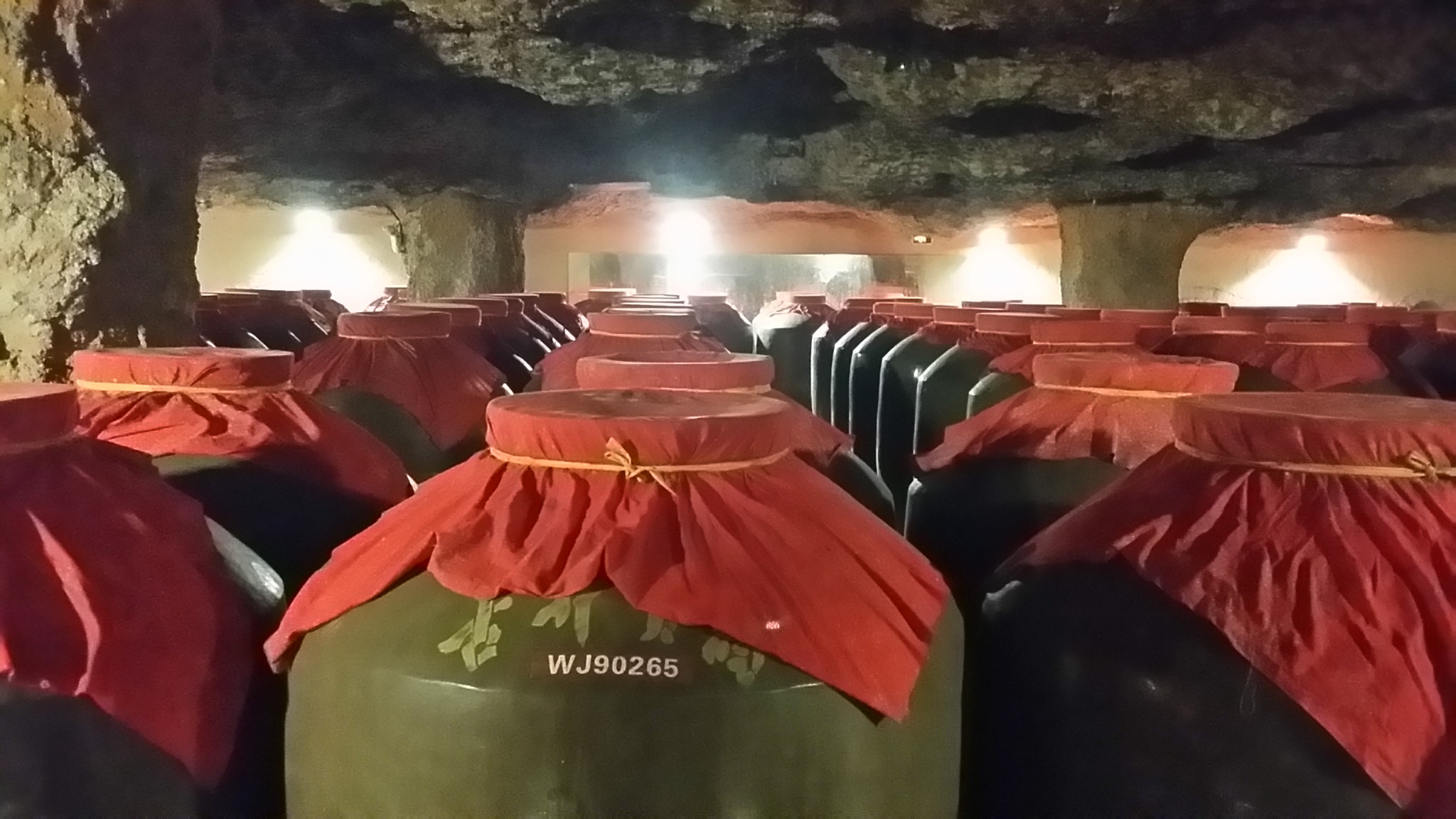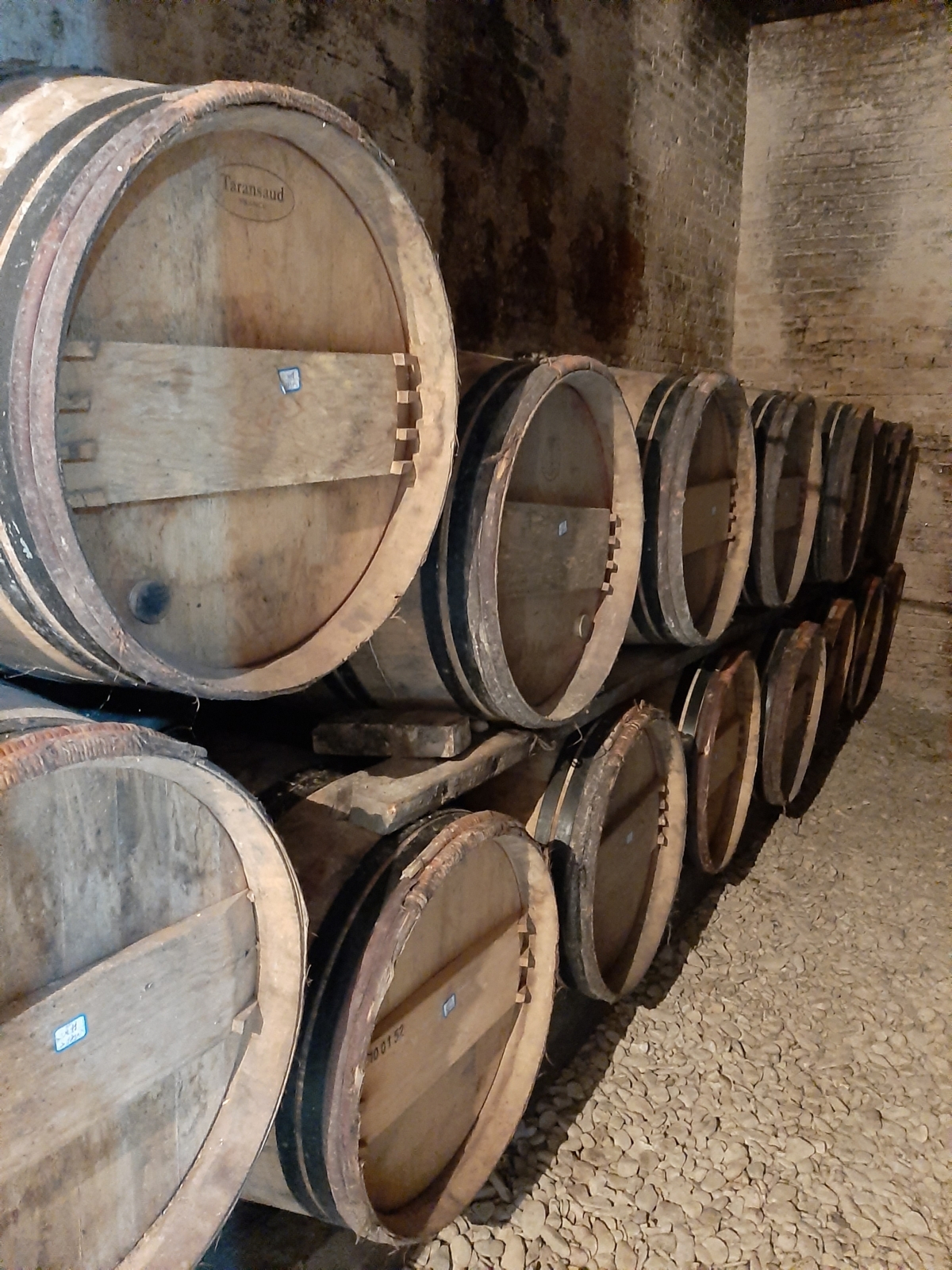qThe Tibet barley
The Tibet barley, variety «Hordeum vulgare var. himalayense», known in Tibet as Qingke, is grown only on the Tibetan Plateau. It is a very rare barley, solely taken care of by Tibetan Monasteries. It is the richest barley in the world regarding its content in vitamins and other compounds reducing cardio-vascular disease and diabetes. It is also the most expensive barley in the world
qMalting is conducted in Tibet
In full respect with the Tibetan philosophy, no malt or distilled spirit from outside Tibet in allowed in the process of making Jiu Hai Bu Gan: malting, mashing and fermentation of the barley is conducted in the malting rooms situated in the distillery at 2,500m above sea level. This process will last between 25 to 28 days.
qWater from the Himalayan mountains
Far away from any possible sources of pollution, at 2,500m above sea level, the Tibet Single Malt benefit, during all the different stages of its making process, from the purity and the unique finesse of the clear and fresh water coming from the rivers of the Himalaya mountains.
qIndigenious yeast During the malting, mashing and fermentation of the Tibet barley, only local indigenous yeast, jealously selected and kept by the Tibetan Monastery, are used. They are stored, dried, in a mix of grounded seeds of peas and barley. No other yeasts are allowed, and certainly not industrial selected yeast!.
qDistillation art is centuries old
The malting, mashing, fermentation and distillation process (traditionally double or triple distillation) of the malt beer are conducted at 2,500m above sea level, using the Tibetan traditional know-how that has been transmitted for more than 400 years.
qA slow maturation in amphora
To soften and sublimate the result of distillation, the Tibet Single Malt is matured during long years (more than 50 years for some spirits) in porcelaine amphoras called Jiu Hai. This will also give a light amber color to the spirit and develop the delicate and subtle perfume aromas.
qA finish in oak barrels
At the end of the maturation process in porcelaine amphora, the Tibetan single malt will gain in organoleptic complexity and take its amber color through the finish ageing in American ex-bourbon casks or french oak barrels. For the perfect aromas equilibrium, it is french barrels previously used for ageing sweat wines that have been selected.
 
|